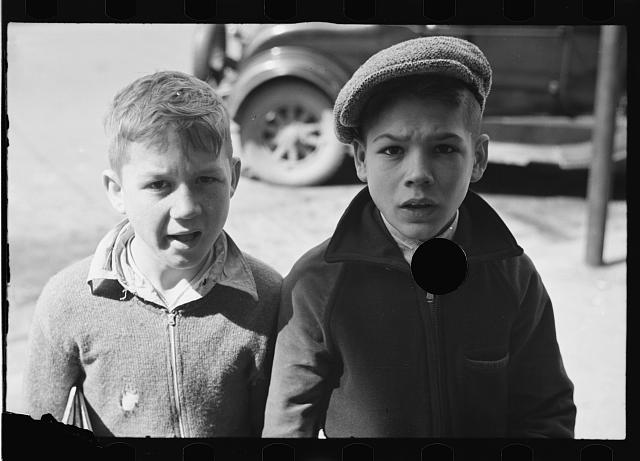My mom is a writer. A couple years ago, at a literary event, she found herself talking to a women who working in marketing for one of the top publishing houses in the country. They got to talking about the unique challenges women face in the publishing world. Some of those challenges – like the VIDA count, or how a manuscript is 8.5x more likely to be published when submitted under a male pseudonym as opposed to a female on – are glaring; others – like the problem of wrinkles – less so.
“You speak with your eyebrows, and that means you frown a lot,” the woman told my mother. “You probably don’t think about it, and it’s not a bad thing. You’re just very emphatic. But it’s giving you wrinkles.” She indicated, then, to her own forehead, with her fingers, to the vertical lines between her eyebrows. “I do the same thing. It makes us look more severe and angry, even when we don’t mean to.”
The woman’s solution was Frownies – adhesive facial patches you apply overnight that slowly cox, or stretch, your skin back to its “natural”, relaxed appearance.
As much as that is a story about the undue presses strong women face to still appear soft, and feminine, it is also says something about how we have been trained to something about how much we read on a person’s face. Even before someone stops talking, we have read their facial features and expression and make those mean something about their their emotions, their tone and sometimes their character.
For me, this image of two boys is one of the most immediately striking of all the negatives I pulled from the archive. Though, as English speakers, our tendency to read anything, including photographs, from left to right, my eyes go immediately to the boy on the right.
He stands in shadow, his dark jacket is in stark contrast to the washed-out concrete of the street. Strong, yet ambiguous, emotion reads clear and strong across his face. The tension in his furrowed brow and flared nostrils is visceral. His mouth, slightly open, makes me such in an anxious breath. He looks betrayed. He is looking at me. He is looking at me through the camera lens like I betrayed him.
It hard for me to break his gaze. When, finally, I do, I look left, to his companion who I presume to be the younger brother. The shorter boy is better lit and standing just barely behind his older brother. His brow is also furrowed, his mouth also open. It looks like he is saying something. The photographer, Theodor Jung, has caught him mid-word and yet he speaks far less to me than the older, silent, brother.
Photography captures a single moment – though we know this rationally, it can slip our attention when we become observers, consumers. Looking at the younger brother, precisely because he is mid-speech, it is immediately clear that Jung has captured a single moment and immortalized it for me to gaze upon for as long as I wish. By contrast, the older brother’s silence and his expression of betrayal – a feeling that, in the immediate moment, is so often accompanied by voicelessness – pulls me into the moment, back to 1936. His gaze makes me feel culpable, even now.
I am so trapped in his expression, that it always takes me a moment to notice the hole, which almost blends into the older brother’s jacket. Stryker punched through the negative almost exactly where the boy’s throat would be, visually taking from him his voice, a double betrayal.
United States Resettlement Administration, photographer by Jung, Theodor. [Untitled photo, possibly related to: Kids, Jackson, Ohio]. [Apr, 1936] Image. Retrieved from the Library of Congress, <https://www.loc.gov/item/fsa1997014249/PP>.
